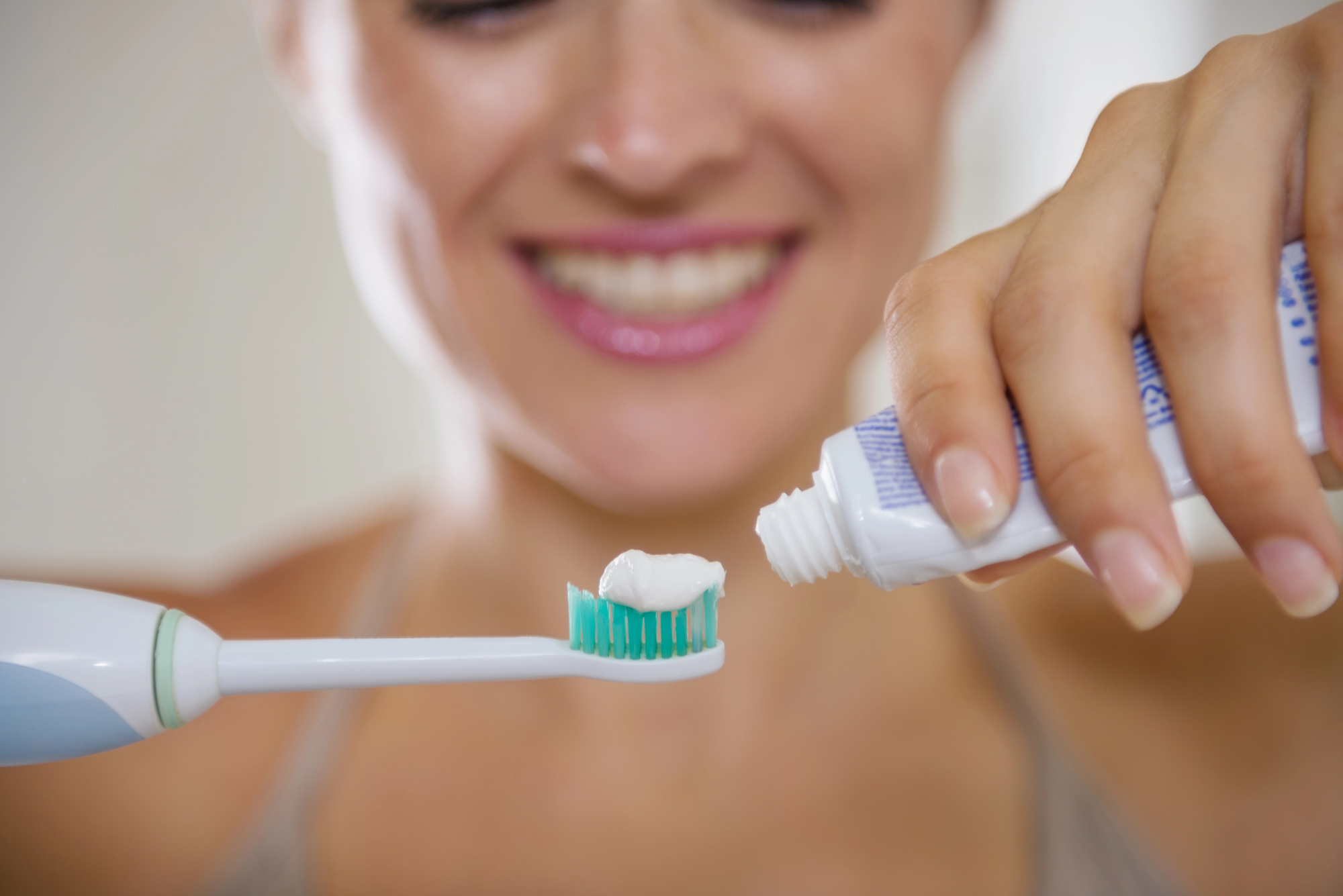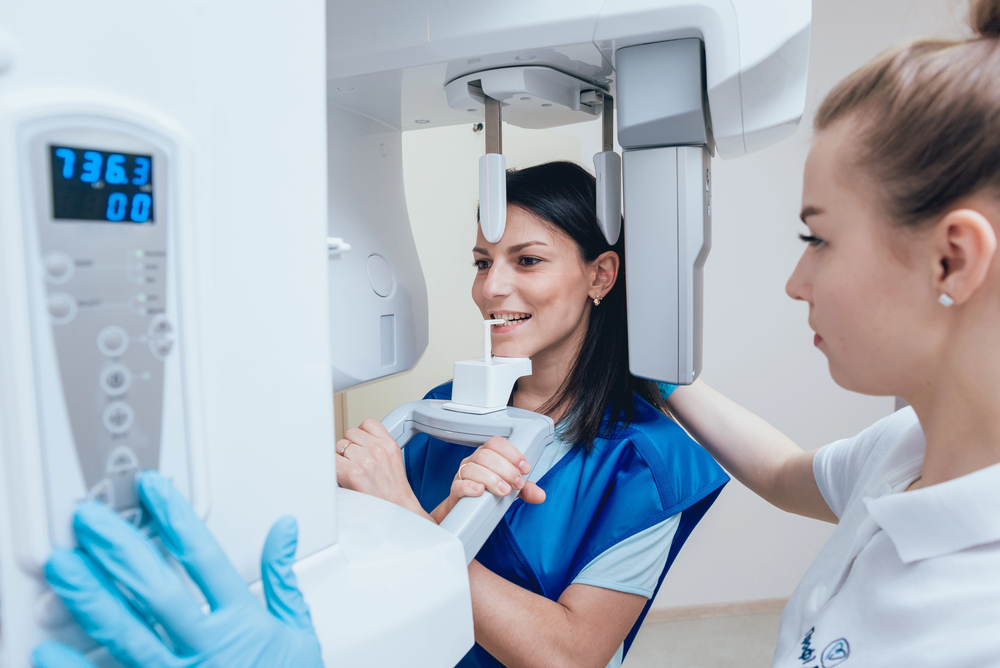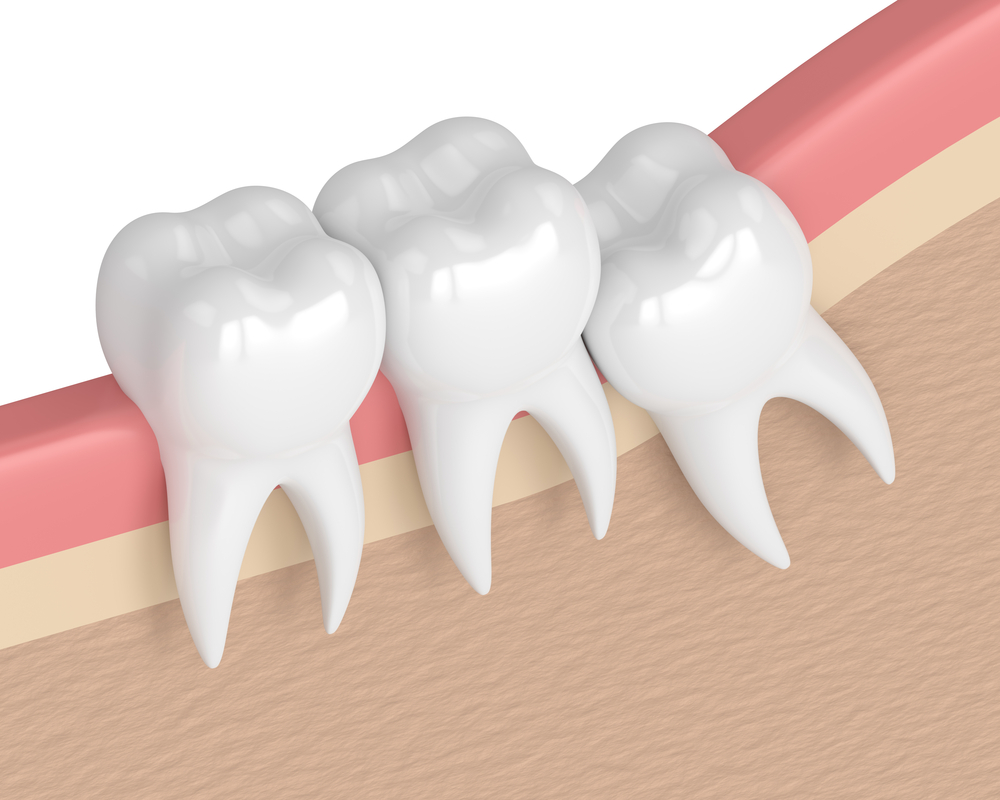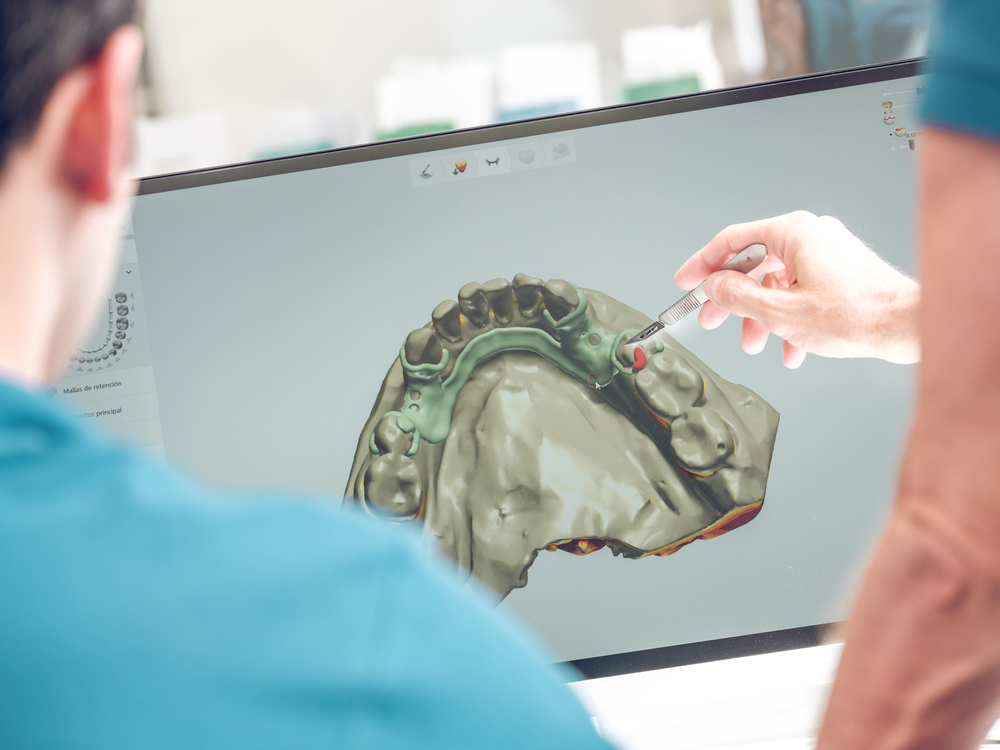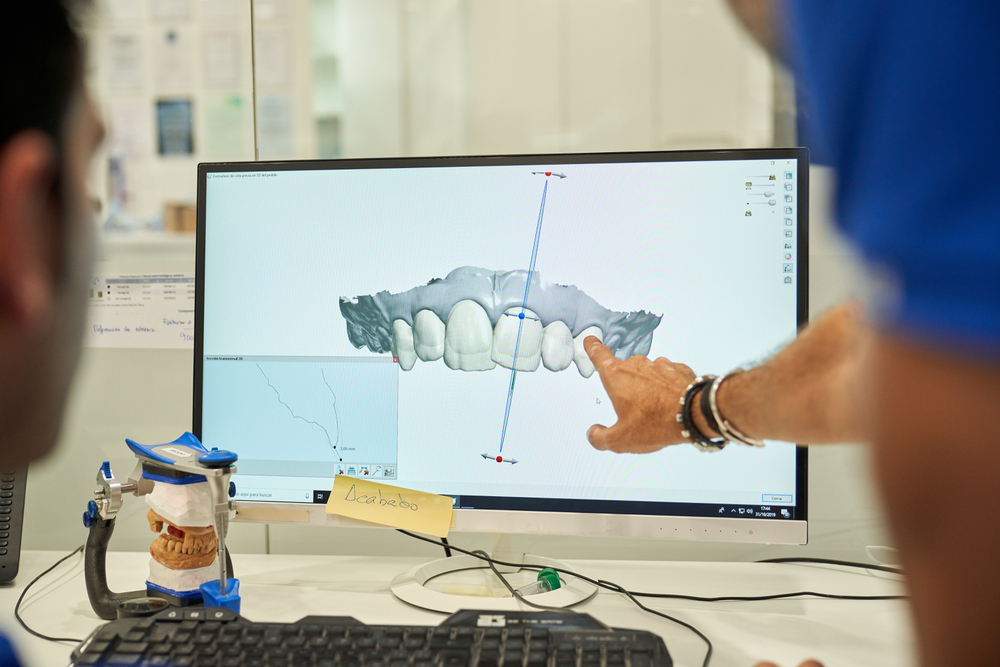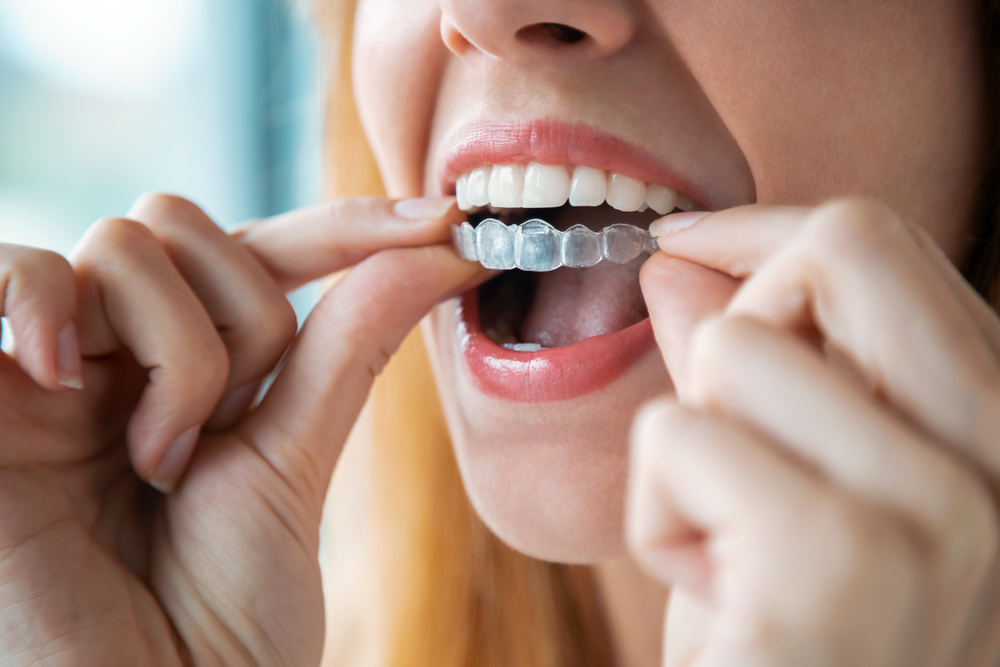Wisdom teeth, or third molars, are the last set of molars that typically appear between the ages of 17 and 25. While they once played an important role in human evolution, their function has diminished significantly in modern times. Today, wisdom teeth are often more of a nuisance than a necessity, with many people opting for wisdom tooth extraction due to overcrowding, impaction, or infection.
So, why do we have wisdom teeth, and how have they become more problematic than useful? In this article, we’ll explore the evolutionary origins of wisdom teeth, the common issues associated with them, and essential oral health tips for managing them effectively.
The Evolutionary Origins of Wisdom Teeth
To understand why humans have wisdom teeth, we must look back at our ancestors. Early humans, who lived thousands of years ago, had a much tougher diet than we do today. Their food consisted of raw plants, nuts, roots, and uncooked meat, which required more intense chewing and grinding. This diet caused significant wear and tear on their teeth. As a result, a third set of molars was a valuable asset to help them continue eating effectively as their other teeth wore down.
The jaws of early humans were also larger, providing ample space for wisdom teeth to erupt without causing crowding or alignment issues. However, as human diets changed over time—shifting to softer, cooked foods—our jaw size gradually decreased. Yet, the genetic coding that controls the development of wisdom teeth remained, leaving modern humans with an extra set of molars that often struggle to find enough space to emerge properly.
Why Wisdom Teeth Are a Problem Today
In contemporary times, most people no longer need their wisdom teeth for chewing tough, fibrous food. With modern dental care and a softer diet, the primary function of wisdom teeth has become redundant. Unfortunately, their emergence can lead to several dental issues.
Here are some common problems associated with wisdom teeth:
1. Impaction: Wisdom teeth often become “impacted” when they do not have enough room to fully emerge from the gum line. Impacted wisdom teeth may grow sideways, remain trapped beneath the gum, or partially erupt. This can cause pain, swelling, and even infection.
2. Crowding: When wisdom teeth try to emerge into an already crowded mouth, they can push against other teeth, causing misalignment. This is especially problematic for individuals who have undergone orthodontic treatment to straighten their teeth.
3. Infection and Decay: Because wisdom teeth are located so far back in the mouth, they are harder to clean properly. This can lead to an increased risk of cavities and gum disease. If food particles and bacteria accumulate around the wisdom teeth, infection can easily develop.
4. Cysts and Tumors: In rare cases, an impacted wisdom tooth can lead to the formation of a cyst, which can damage the surrounding bone or teeth. Though less common, benign tumors can also develop in the area.
Given these potential complications, many dental professionals recommend wisdom tooth extraction, especially if the teeth are causing pain, discomfort, or are likely to affect overall oral health.
Wisdom Tooth Extraction: When and Why?
The decision to remove wisdom teeth depends on a variety of factors, including the position of the teeth, the risk of impaction, and the individual’s oral health history. Many dentists advise having wisdom teeth removed before they cause problems, especially in younger patients whose bones are still flexible, making the surgery less complicated.
Wisdom tooth extraction is typically performed by an oral surgeon, although general dentists can also perform the procedure in less complex cases. During the surgery, the patient is usually under local anesthesia, though sedation or general anesthesia may be used for more complex extractions.
While wisdom tooth extraction is a common and relatively simple procedure, it is important to follow proper post-operative care to ensure a smooth recovery. Patients can expect some swelling, discomfort, and minor bleeding in the days following the surgery, but complications are rare when aftercare instructions are followed.
Oral Health Tips for Managing Wisdom Teeth
Whether you’ve already had your wisdom teeth removed or are trying to maintain your oral health while they are still present, there are several oral health tips that can help you manage wisdom teeth and prevent problems.
1. Maintain Good Oral Hygiene: Brushing and flossing are critical for keeping wisdom teeth clean. Since they are located far back in the mouth, they can be harder to reach, making it easier for plaque and food particles to accumulate. Use a soft-bristled toothbrush and floss to clean the area thoroughly.
2. Regular Dental Checkups: Even if your wisdom teeth aren’t causing any pain, regular dental checkups are essential for monitoring their development. Your dentist can take X-rays to determine if your wisdom teeth are impacted or causing crowding issues, and can recommend extraction if necessary.
3. Monitor for Symptoms: Pay attention to any signs of discomfort, swelling, or difficulty opening your mouth. If you notice persistent pain or sensitivity around your wisdom teeth, consult your dentist to evaluate whether extraction is necessary.
4. Follow Post-Extraction Instructions: If you do undergo wisdom tooth extraction, follow all post-operative care instructions carefully. This includes avoiding certain foods, rinsing your mouth with saltwater, and using prescribed medications to reduce pain and swelling.
5. Healthy Diet: Maintaining a healthy, balanced diet can also promote good oral health. Eating nutrient-rich foods like fruits, vegetables, and lean proteins will support your teeth and gums while avoiding excessive sugar and sticky foods that can contribute to tooth decay.
Although wisdom teeth served a crucial role in the diets of our ancestors, their importance has diminished in modern times. Today, these third molars often cause more harm than good, leading to discomfort, crowding, and infection. Wisdom tooth extraction is a common solution for those experiencing problems, and proper aftercare, along with good oral hygiene practices, can ensure a healthy recovery. By staying mindful of your oral health tips and working closely with your dentist, you can maintain a healthy smile, even if your wisdom teeth make an appearance.

